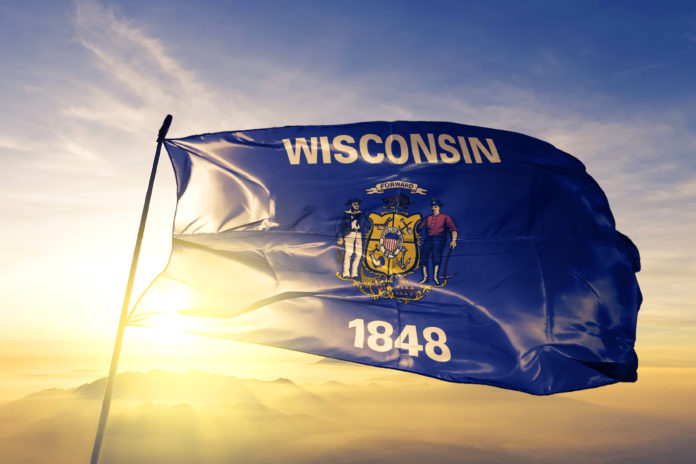
Although normal daily life has been put on hold due to the coronavirus pandemic, it was a busy week in Wisconsin.
Election Results
On Monday, election results were announced from last week’s Spring election. The election took place the previous Tuesday, but a court ruling extended the deadline for absentee ballots. The election garnered national attention and was the subject of various lawsuits and disagreement between the Governor and legislature. The ballot included the Presidential primary, the state Supreme Court race, and various referenda and local elections.
In line with the national trend, former Vice President Joe Biden defeated Senator Bernie Sanders in Wisconsin, in his bid to secure the Democratic Party’s nomination. Senator Sanders dropped out of the race shortly after the April 7th election but before results were tallied.
In an upset victory, Jill Karofsky defeated incumbent Dan Kelly for a seat on the state Supreme Court. Karofsky’s victory will narrow conservative control of the court to a 4-3 margin, setting up an election for control of the court in 2023, when Chief Justice Patience Roggensack is up for reelection.
Legislative Package
On Tuesday, the Assembly passed coronavirus relief legislation by a vote of 97-2. Then on Wednesday, the Senate unanimously approved the measure, with Governor Tony Evers signing the bill into law shortly after that day.
The law waives the one week unemployment benefit waiting period and prohibits insurance companies from discriminating coverage on the basis of having COIVD-19. Additionally, the law lowers required nurse training hours and relaxes certain health care employee licensing requirements. Also under the law, the bill allows local governments to defer their residents’ property tax payments. Lastly, the Joint Finance Committee can now allocate up to $75 million, as late as 90 days after the public health emergency.
Safer at Home Extended
Finally, on Thursday, Governor Evers announced he and Department of Health Services Secretary-designee Andrea Palm were extending the Safer at Home Order until May 26th. The Order will close schools for the remainder of the academic year and also contains certain adjustments to the previous order, such as opening golf courses.
While the Governor noted Safer at Home is flattening the curve, he stressed that before the state’s economy can reopen, Wisconsin must have increased testing capacity, PPE, and contact tracing.
Republican lawmakers, on the other hand, are considering taking legislative or legal action over the Order extension, criticizing the approach as one-size-fits-all and questioning the scope of the Administration’s legal authority.
Interested in the latest in Wisconsin politics and government?Sign up today!




